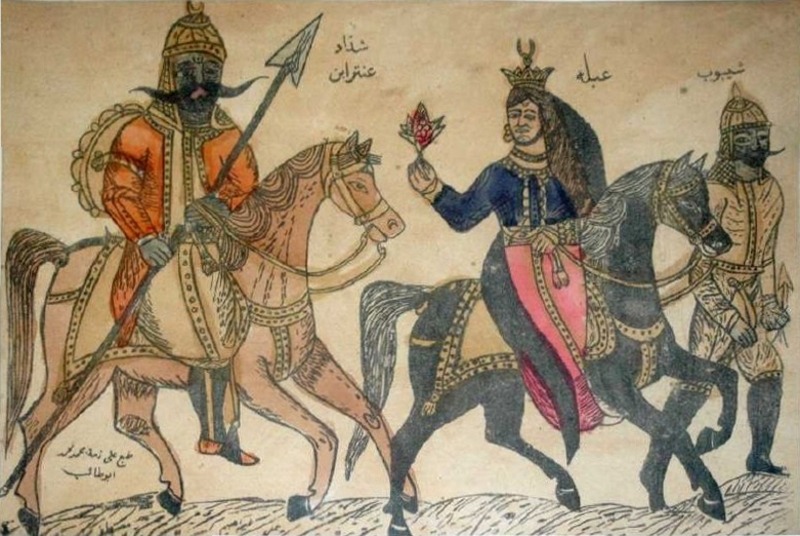|
Camel Heda'a
Camel Heda’a (Arabic: حداء الإبل, Heda’a Al Ebel) is an oral tradition of calling a flock of camels passed on through generations. It is one of the oral expressions in the Kingdom of Saudi Arabia, Oman and United Arab Emirates. Description Camel Heda'a It can be defined as a set of sounds made by camel herders to communicate with their flocks and deliver a specific message on different occasions. The camels interact with those sounds depending on the tone and how they are trained by herders. Location Every place where camels are kept e.g. Arabian Peninsula. Inscription on UNESCO On 30 November 2022, the Kingdom of Saudi Arabia, in cooperation with Sultanate of Oman and United Arab Emirates, succeeded in inscribing "AlHeda'a" element on the Representative List of the Intangible Cultural Heritage of the United Nations Educational, Scientific and Cultural Organization ( UNESCO). References External links Files 2022 under process - intangible heritage ... [...More Info...] [...Related Items...] OR: [Wikipedia] [Google] [Baidu] |
Camels
A camel (from: la, camelus and grc-gre, κάμηλος (''kamēlos'') from Hebrew or Phoenician: גָמָל ''gāmāl''.) is an even-toed ungulate in the genus ''Camelus'' that bears distinctive fatty deposits known as "humps" on its back. Camels have long been domesticated and, as livestock, they provide food (milk and meat) and textiles (fiber and felt from hair). Camels are working animals especially suited to their desert habitat and are a vital means of transport for passengers and cargo. There are three surviving species of camel. The one-humped dromedary makes up 94% of the world's camel population, and the two-humped Bactrian camel makes up 6%. The Wild Bactrian camel is a separate species and is now critically endangered. The word ''camel'' is also used informally in a wider sense, where the more correct term is "camelid", to include all seven species of the family Camelidae: the true camels (the above three species), along with the "New World" camelids: the llama, ... [...More Info...] [...Related Items...] OR: [Wikipedia] [Google] [Baidu] |
Livestock
Livestock are the domesticated animals raised in an agricultural setting to provide labor and produce diversified products for consumption such as meat, eggs, milk, fur, leather, and wool. The term is sometimes used to refer solely to animals who are raised for consumption, and sometimes used to refer solely to farmed ruminants, such as cattle, sheep, goats and pigs. Horses are considered livestock in the United States. The USDA classifies pork, veal, beef, and lamb (mutton) as livestock, and all livestock as red meat. Poultry and fish are not included in the category. The breeding, maintenance, slaughter and general subjugation of livestock, called '' animal husbandry'', is a part of modern agriculture and has been practiced in many cultures since humanity's transition to farming from hunter-gatherer lifestyles. Animal husbandry practices have varied widely across cultures and time periods. It continues to play a major economic and cultural role in numerous communities. Lives ... [...More Info...] [...Related Items...] OR: [Wikipedia] [Google] [Baidu] |
Culture Of The United Arab Emirates
The Culture of the United Arab Emirates is part of the culture of Eastern Arabia."Country and Metropolitan Stats in Brief MPI Data Hub Its historical population was a small tribal community that changed with the arrival of an influx of foreign nationals in the mid-20th century. Emirati culture is a blend of , , and cultures, with influences from the cultures of |
Camelids
Camelids are members of the biological family Camelidae, the only currently living family in the suborder Tylopoda. The seven extant members of this group are: dromedary camels, Bactrian camels, wild Bactrian camels, llamas, alpacas, vicuñas, and guanacos. Camelids are even-toed ungulates classified in the order Cetartiodactyla, along with species like whales, pigs, deer, cattle, and antelopes. Characteristics Camelids are large, strictly herbivorous animals with slender necks and long legs. They differ from ruminants in a number of ways.Fowler, M.E. (2010). ''Medicine and Surgery of Camelids'', Ames, Iowa: Wiley-Blackwell. Chapter 1 "General Biology and Evolution" addresses the fact that camelids (including camels and llamas) are not ruminants, pseudo-ruminants, or modified ruminants. Their dentition show traces of vestigial central incisors in the incisive bone, and the third incisors have developed into canine-like tusks. Camelids also have true canine teeth and tusk-lik ... [...More Info...] [...Related Items...] OR: [Wikipedia] [Google] [Baidu] |
Arab Culture
Arab culture is the culture of the Arabs, from the Atlantic Ocean in the west to the Arabian Sea in the east, and from the Mediterranean Sea in the north to the Horn of Africa and the Indian Ocean in the southeast. The various religions the Arabs have adopted throughout their history and the various empires and kingdoms that have ruled and took lead of the Arabian civilization have contributed to the ethnogenesis and formation of modern Arab culture.Language, literature, gastronomy, art, architecture, music, spirituality, philosophy and mysticism are all part of the cultural heritage of the Arabs. The Arab world is sometimes divided into separate regions depending on different cultures, dialects and traditions including: • The Levant: Lebanon, Syria, Palestine and Jordan. • Egypt • Mesopotamia (Iraq). • The Arabian Peninsula: Kuwait, Bahrain, Qatar, Saudi Arabia, Oman, Yemen and the United Arab Emirates. • Sudan • The Maghreb: Libya, Tunisia, Algeria, Morocco ... [...More Info...] [...Related Items...] OR: [Wikipedia] [Google] [Baidu] |


